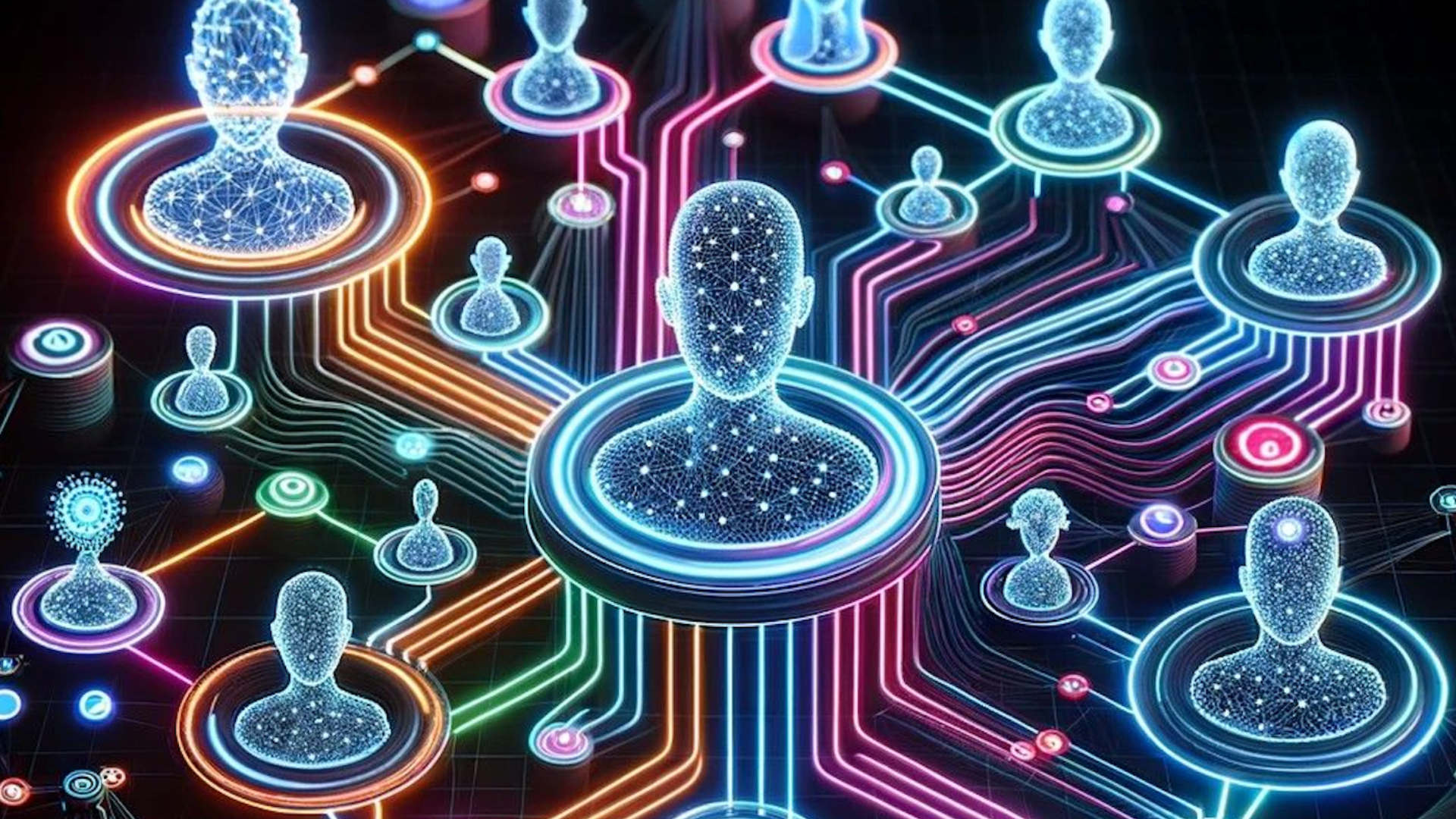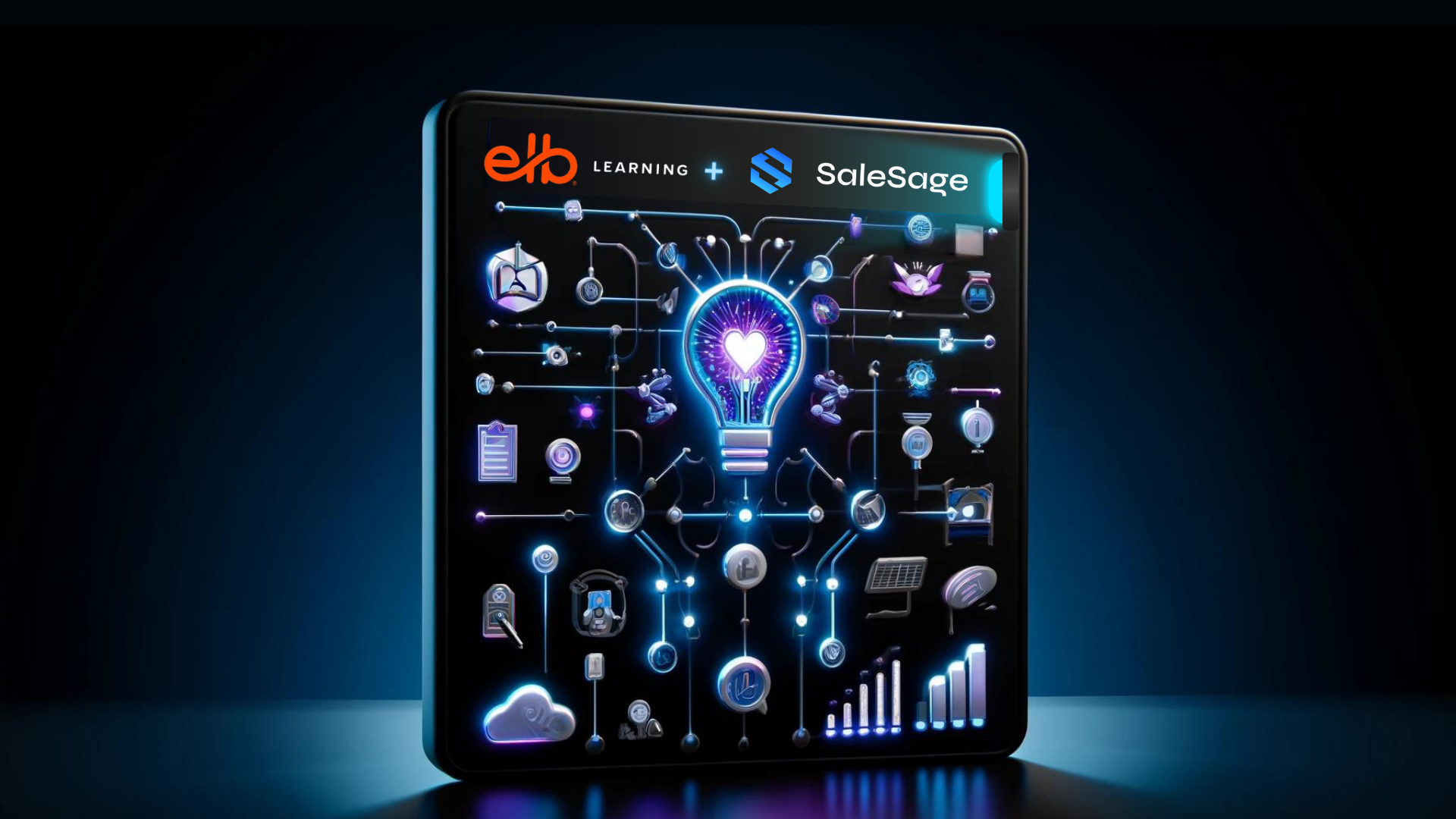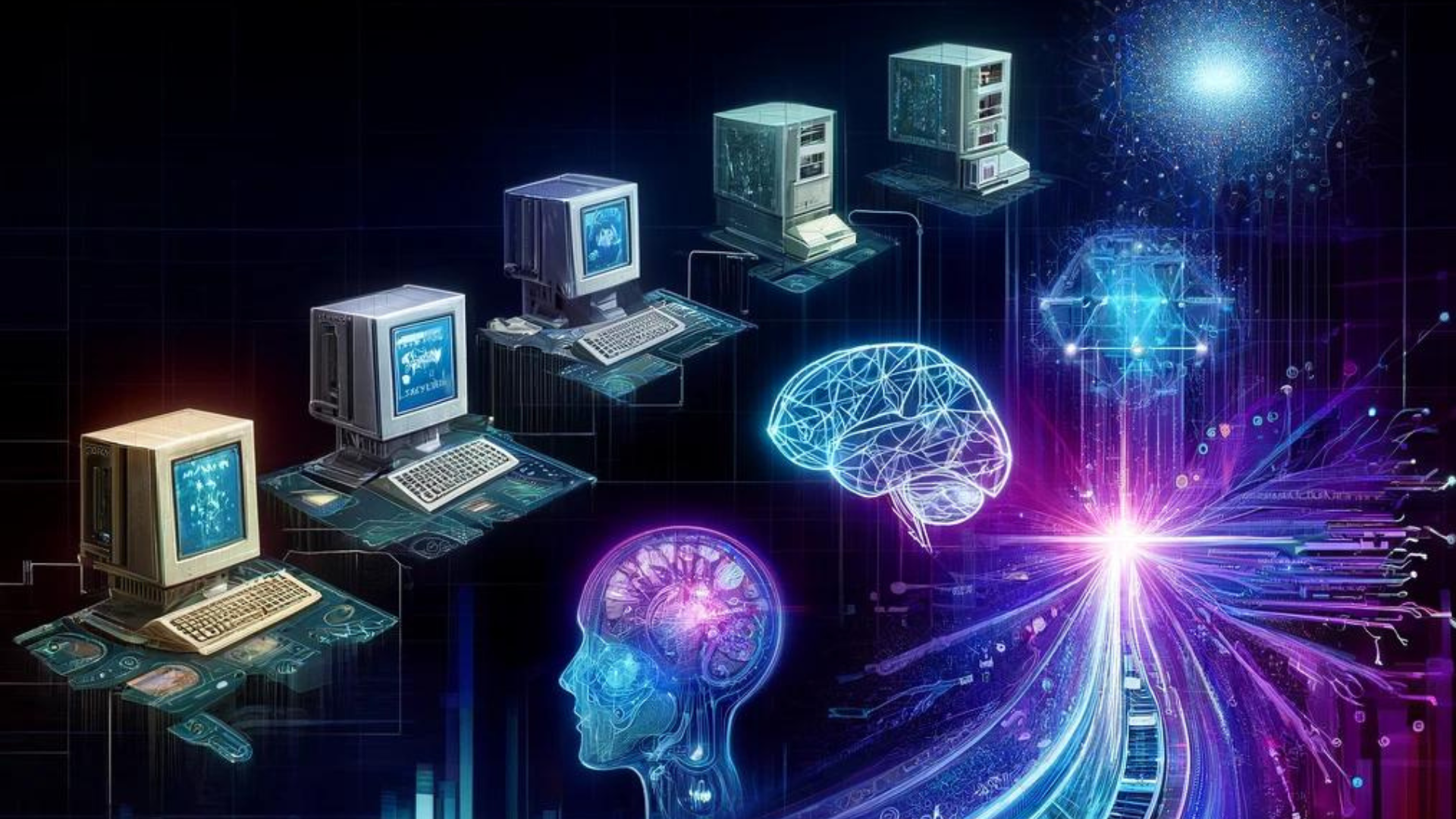This article was originally published in Benzinga.
In today’s era of artificial intelligence, the concept of an ‘Augmented Enterprise‘ represents the future of work. According to technology-oriented consultancy Problem Solutions, an augmented enterprise is one that has incorporated AI agents into the key processes of every business unit within the organization.
Problem Solutions is one such augmented enterprise, having become one by taking its 20 years of industry experience and decades of research to build tools that automate and enhance its intelligence capabilities. However, according to the company’s founder and CEO Michael Hruska, this transformative shift is not merely about digitization or automation. Rather, it’s about creating vibrant, resilient organizations that harness a partnership between humans and AI to unlock potential.
Hruska says that the key advantage lies in the symbiotic relationship between humans and AI agents where the human org chart and virtual org chart work harmoniously with an exponential increase in capability. As an organization builds its skills to work with AI agents, members are not just learning to use a new tool – they are amplifying their abilities by collaborating with a new kind of team member. This collaboration drives the organization to enhance its abilities, consolidate its collective intelligence, and generate transformative outcomes.
Following becoming an augmented enterprise, the next phase of this journey is the creation of a ‘virtual org chart’ and the development of human skills to work seamlessly with AI. The chart is a revolutionary concept that reimagines the structure of an organization in the age of AI. It visualizes AI agents as integral members of the organization, each with a specific role and set of responsibilities. These AI agents, when well-versed with the company’s operations, become highly functional team members, driving efficiency and innovation.
The organization will then have three types of roles – human roles that provide the irreplaceable human touch; AI roles, such as agents, automation tools, data analytics systems, and predictive tools; and hybrid roles, which are the most exciting due to collaboration between humans and AI enhancing each other’s capabilities.
Hruska says building a virtual org chart is a strategic process that involves identifying the areas where AI can generate value, evaluating the existing capabilities of the team, and forming cross-disciplinary teams. It requires careful planning, collaboration, and continuous learning. The result is a holistic approach to problem-solving and decision-making that leverages the strengths of both humans and AI. Businesses with a virtual org chart will be able to eliminate rigid, top-down hierarchies by empowering humans to do more. AI integration will facilitate diverse Interactions involving human-to-human, human-to-AI, and even AI-to-AI engagements. Flexibility will become paramount and the org chart will be fluid, accommodating changes as AI technologies evolve and organizational needs shift. Furthermore, centrality of data will become more important, as modern roles begin orbiting around data streams, leading to a data-centric organizational approach.
Despite fears about AI displacing human workers, Problem Solutions says that AI can be used to amplify what people do, rather than replace them. AI can take over the mundane tasks, freeing up human team members to tackle value-driven, nuanced duties. For instance, while AI in customer service addresses FAQs, humans can solve intricate issues. AI should also be treated more than a tool, instead occupying the role of a collaborative partner. In sales, AI can sift through data to predict potential high-value leads, aiding salespeople in prioritization.
AI can also be a mentor, with AI-driven coaching tools guiding employees in public speaking or even negotiation strategies, creating a personalized trainer in their pocket. As AI shoulders specific tasks, new opportunities for humans will emerge, such as AI trainers or AI-human collaboration managers.
Problem Solutions says the journey to becoming an augmented enterprise is a transformative one. It requires a cultural shift, a willingness to embrace change, and a commitment to continuous learning, but the rewards are immense. By building a virtual org chart, organizations can harness the power of AI to its fullest potential, creating vibrant, resilient enterprises that are equipped to thrive in the era of AI.
“AI is such an immensely transformational technology unlike everything we've seen before. Creating a virtual org chart is key to unlocking a huge competitive advantage in the market of the future. Join us in embracing the power of AI. The future is here, and it is augmented.”
Michael Hruska, PS Founder & CEO





